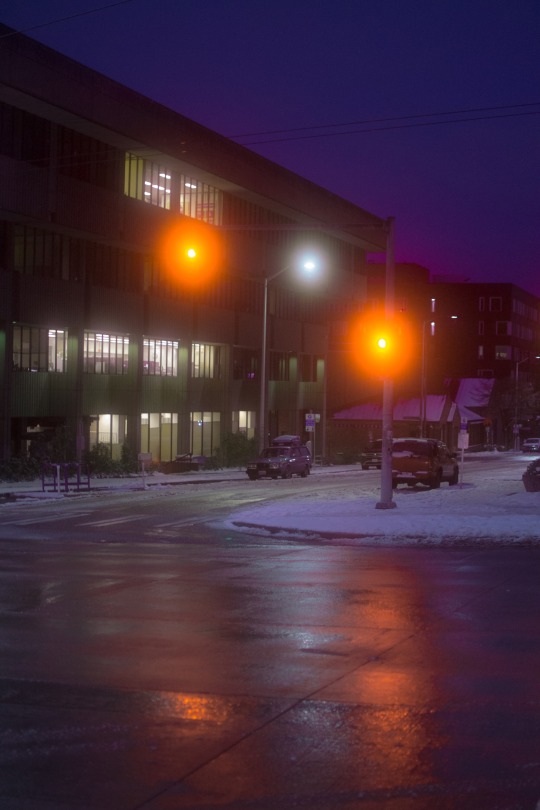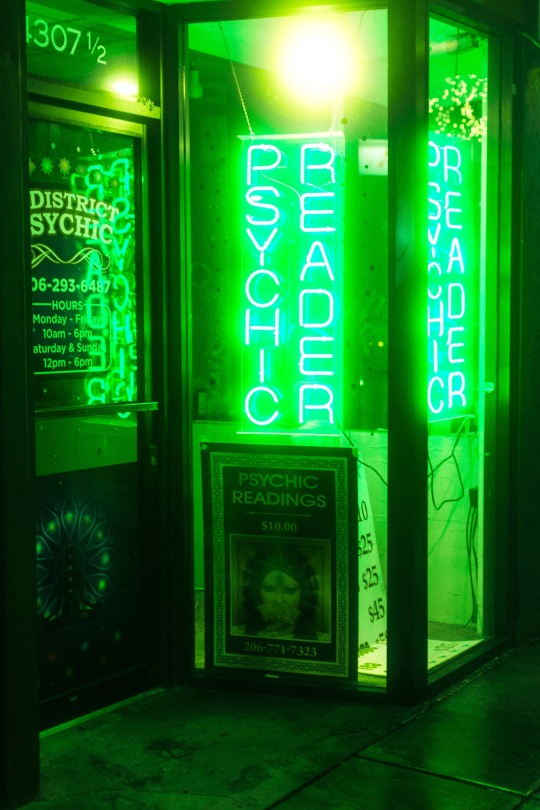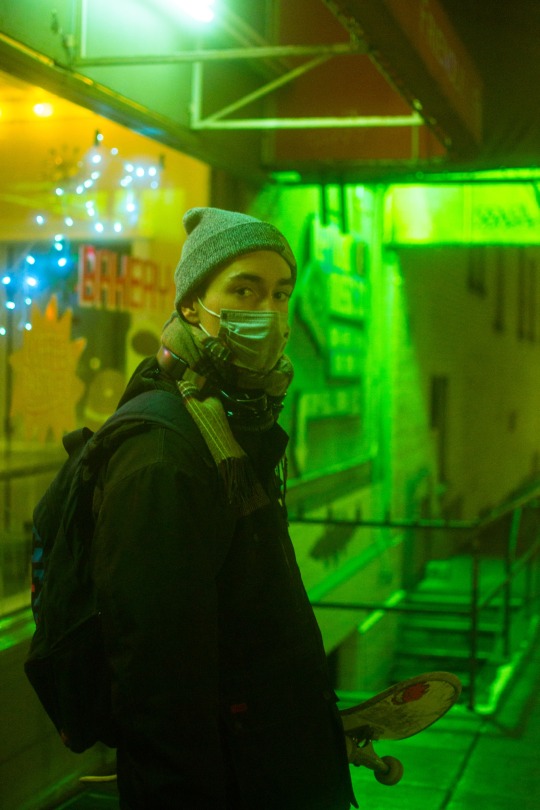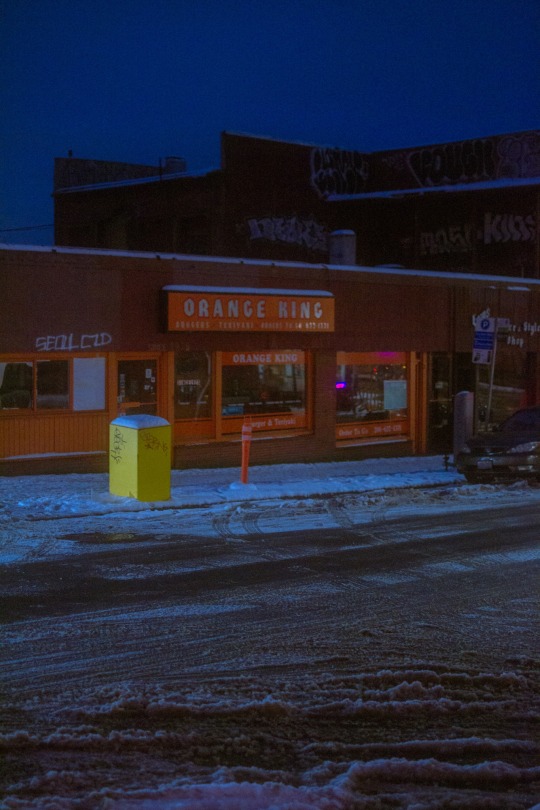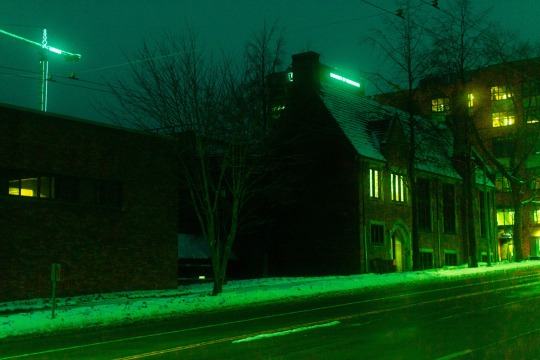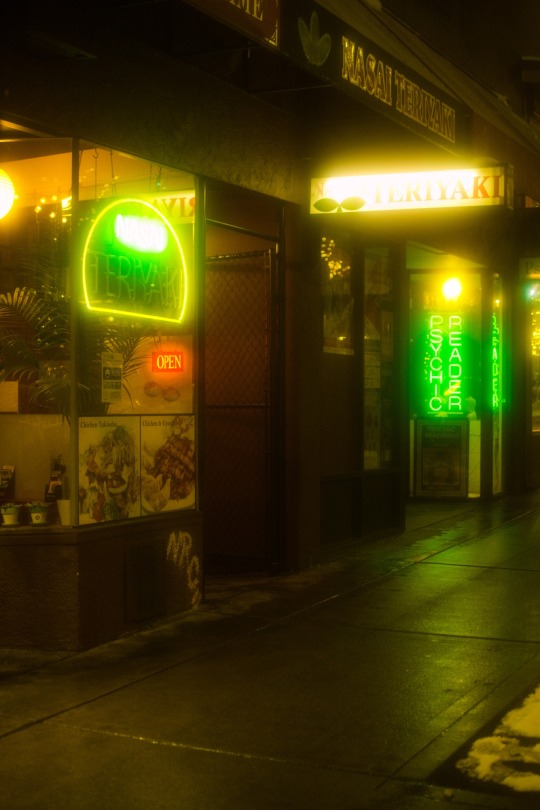Don't wanna be here? Send us removal request.
Text
0 notes
Link
He started when he was only 11 years old working weekends and summers with his dad and uncle. Mark said the rest was history “once he started making his own money.” After finishing school, he started working at the stand full time and became the sole owner in the 2000s.
The Manzo Family has been part of Pike Place Market since nearly the beginning. Starting in 1909, Mark’s grandfather, Sosio Manzo would take his wagon to the Market and sell produce that he grew on his farm in South Park, just south of Georgetown in Seattle.
Forty-eight years later, Mark’s dad and uncle — Dan and Fred Manzo established Manzo Brothers Produce priding themselves on their fresh fruits & vegetables and friendly service. Manzo Brothers Produce is the oldest continuously running produce stand in the Market. It’s also never changed locations. For the last 65 years, you could find the Highstall in Pike Place Market’s main arcade.


1 note
·
View note
Text
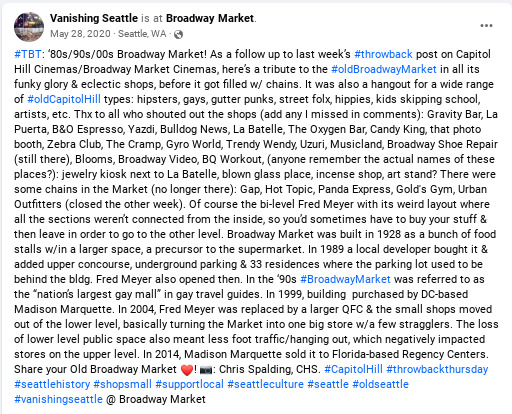

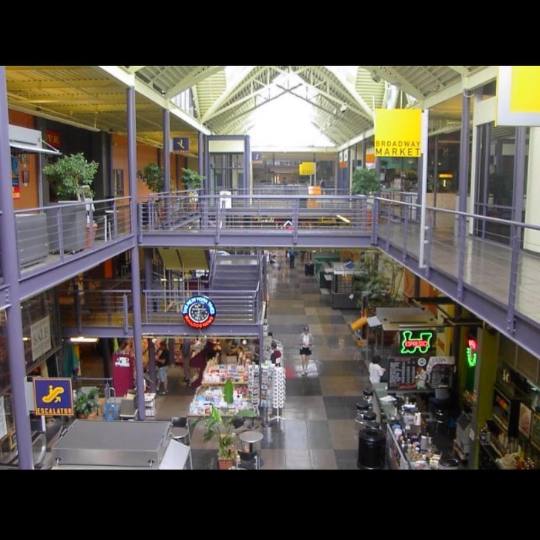
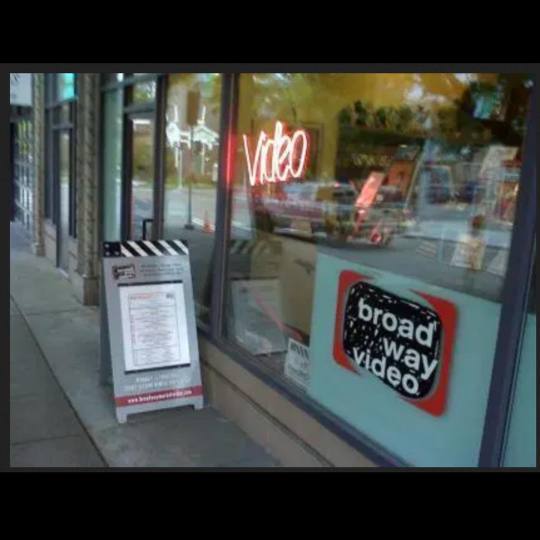


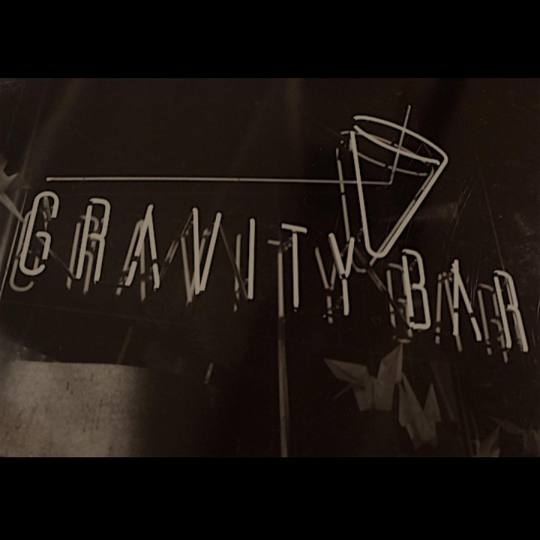
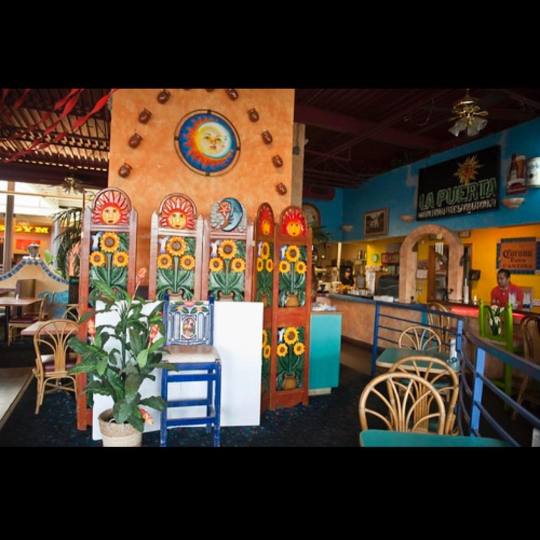
#Broadway Market#La Puerta#Gravity Bar#B&O espresso#Zebra Club#Bulldog News#Hot Topic#Mall#landmark theaters#movie theaters#old seattle#90s#2000s#Seattle#Capitol Hill#Broadway#retail#restaurants#indoor seating#vanished seattle
1 note
·
View note
Text

#halloween#halloween decorations#skeletons#flannel#pacific northwest#seattle#west seattle#2023#mine#taken by me#ugly rectangle house
5 notes
·
View notes
Text
1 note
·
View note
Text
I wonder if the ‘cool kids’ still listen to KEXP or has Gen z given up on radio completely.
3 notes
·
View notes
Photo
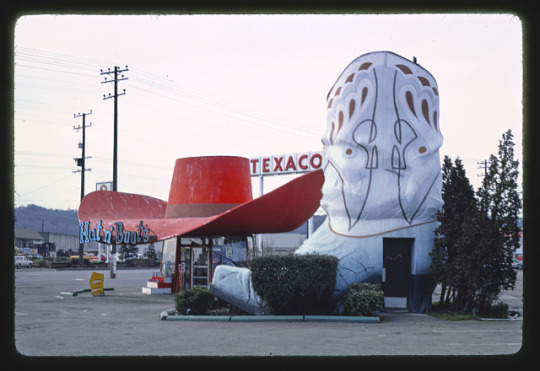
Hat n’ Boots gas station (1945), boot restrooms with hat behind them view, 6800 [East] Marginal Way [South], Route 99, Seattle, Washington
55 notes
·
View notes
Text
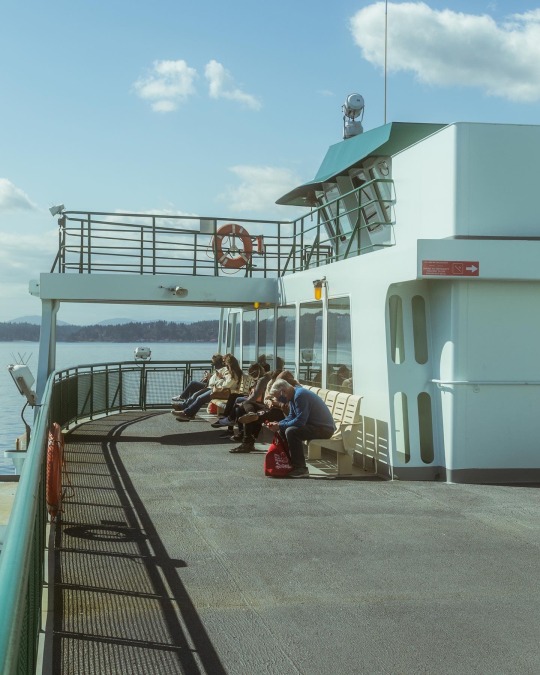
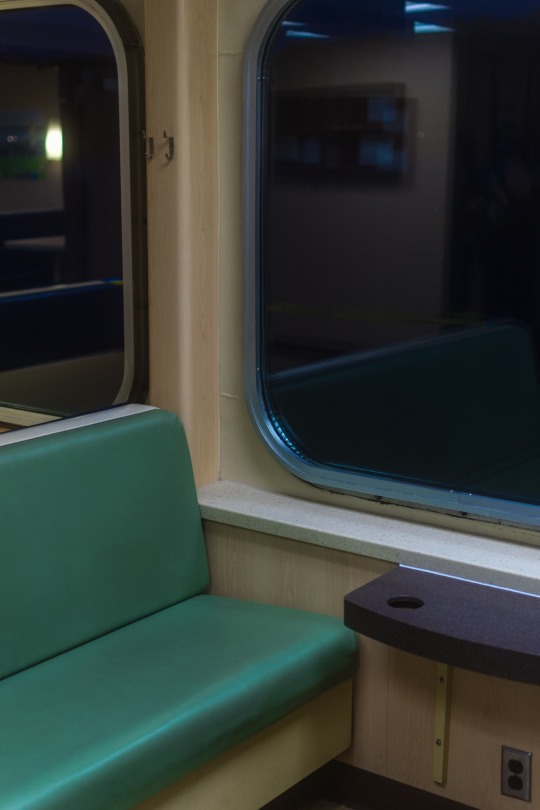
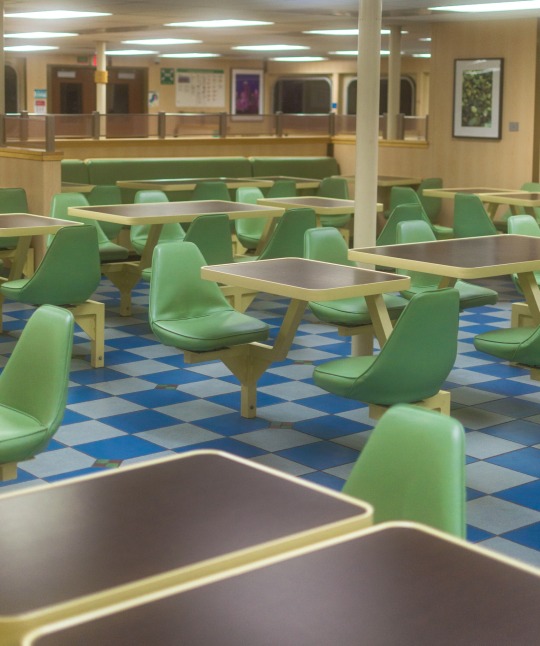
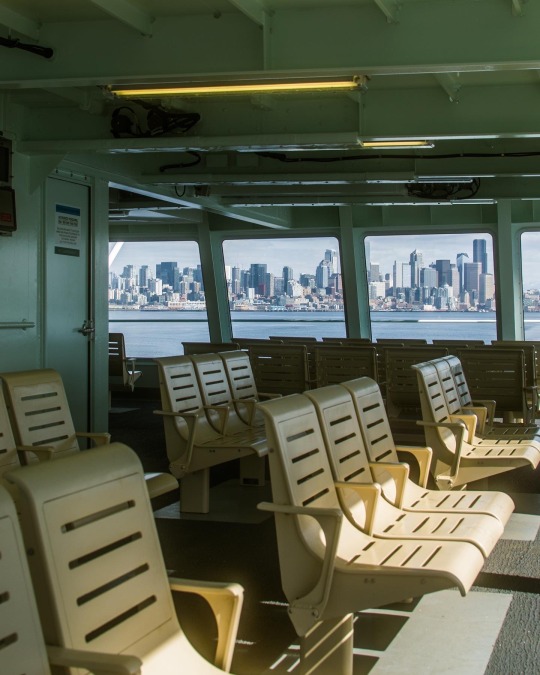
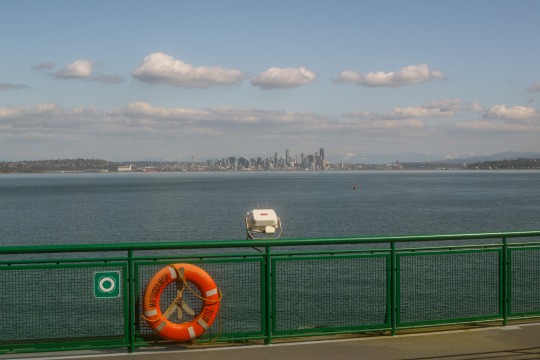
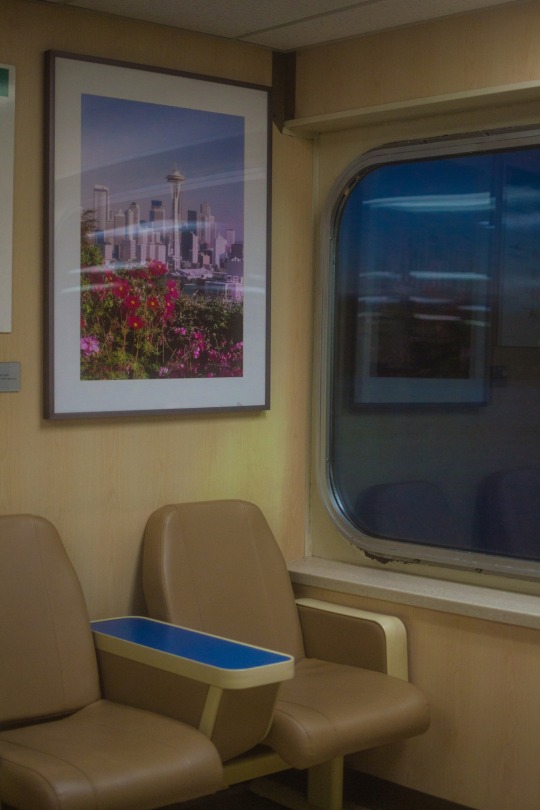
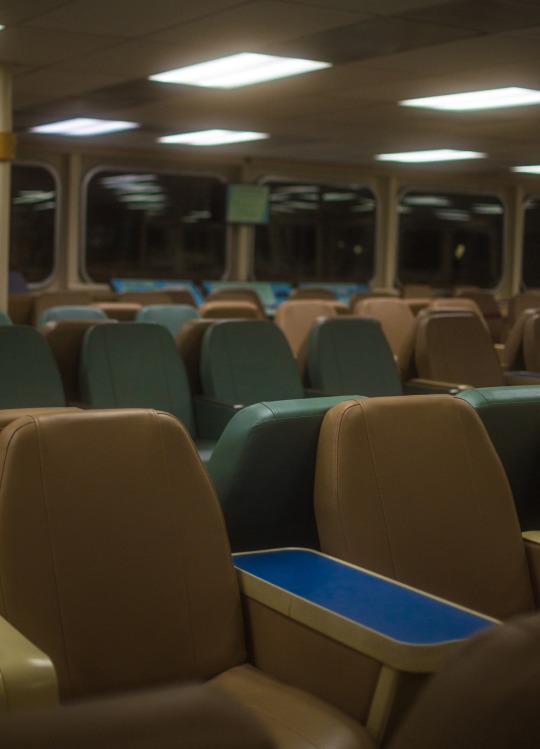
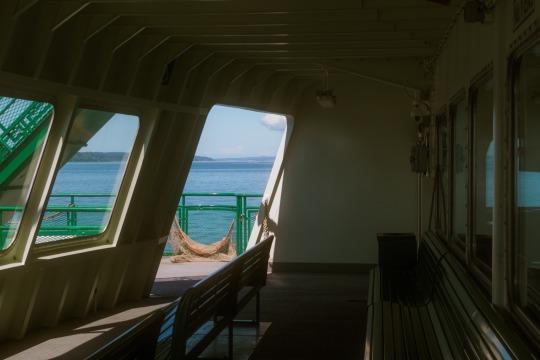
Would you mind if we spent the day,
crossing the sound, watching the waves.
From my upcoming photobook on the Washington state ferries. You can buy my prints on my darkroom, I’d love if you put my photos on your wall, they’d look great and they’re affordable.
357 notes
·
View notes
Link
March 12, 2019
Jack Mackie’s artwork, “Dance Steps on Broadway,” is embedded in the concrete. This particular iteration, the Tango, is actually one of a nine-part series of cast bronze footprints dispersed along 12 blocks of this busy thoroughfare. Each is a numbered diagram of a dance—tango, waltz, cha-cha.
There’s even a dance Mackie invented: He calls it the "bus stop."
“It’s kind of mirroring the traditional dance pedestrians do waiting for a bus,” Mackie explains. He demonstrates the steps. “Backing up, looking out at the street. Step out, step back, then say ‘the bus isn’t coming, so I’ll just walk.’”
“Dance Steps on Broadway” is one of the first public art projects funded by Seattle’s Percent for Art Ordinance. The law, enacted in 1973, mandates that 1 percent of the budgets of certain city capital projects be set aside for artworks at those projects.
Seattle had an array of art in public places before the ordinance, but primarily they were statues of important historical figures, or discreet sculptures donated by private collectors. The public art ordinance’s authors were inspired by a grander idea—to weave art and design into the city’s infrastructure projects.
“I think the framers of the ordinance were really thinking about the social purpose of art,” says Ruri Yampolsky, who directs the Public Art Program for Seattle’s Office of Arts and Culture. “Seattle was one of the first programs to conceive of the idea of a design team, where the artist would be working collaboratively to really integrate the artwork.”
1 note
·
View note
Text
0 notes
Text
Vanishing Seattle is at The Crocodile.
Nov 16, 2020
After nearly 30 yrs, the iconic The Crocodile on 2nd & Blanchard in #Belltown is closing & moving.... Luckily #TheCrocodile will be staying in the same neighborhood: moving to the building on 1st Ave that until recently housed El Gaucho steakhouse, Pampas Room & Big Picture theatre – which is fitting, as it used to be the hall of Sailors Union of the Pacific (1954-1996), where @thePosies, Bikini Kill, Radiohead, @maryloulord & more played.... Part of a culture-rich block anchored by the landmarked Wayne Apartments yet slated for luxury #redevelopment that’s already displaced Mama’s Mexican Kitchen, Shorty’s, Rocco’s & Tula’s. Also home to Lava Lounge, Neon Boots, Funky Studios, Rabbit Hole & Mr. Darcy.
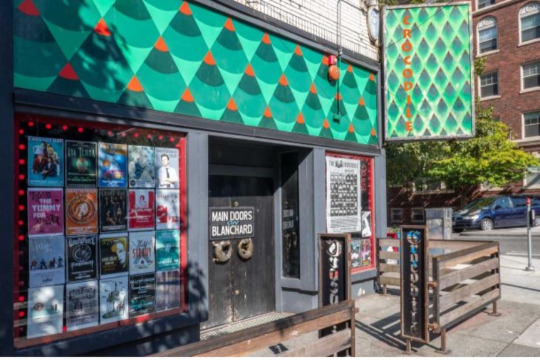

#The Crocodile#venues#music#Belltown#90s#priced out#seattle businesses#nightclubs#culture#entertainment
0 notes
Text
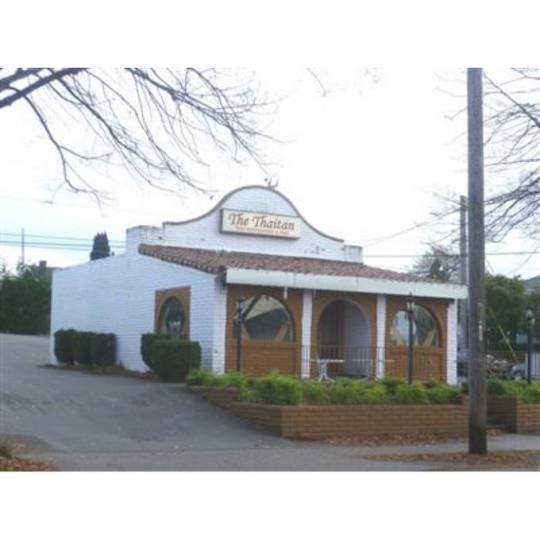
West Seattle's former Thai restaurant in a Taco Bell building, torn down in 2019. Picture from Vanishing Seattle
#21st century#Seattle#West Seattle#Taco Bell#The Taitan#restaurants#commercial architecture#unusual architecture#2020s
1 note
·
View note
Text
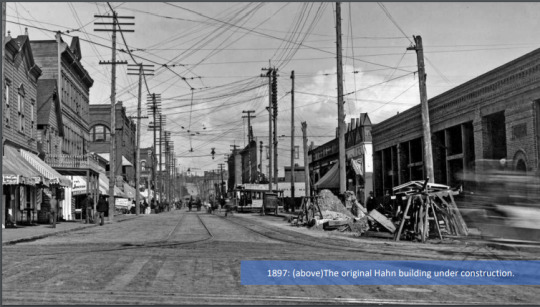
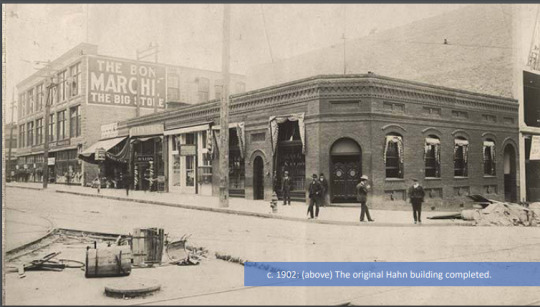

Its historic timeline goes back to the early 1880s arrival of Robert Hahn. In 1889, at the time of the Great Seattle Fire that devastated most of Pioneer Square, Hahn operated a wood-frame saloon and beer garden on this site. After the fire, it was said to be the last place standing for a man to buy a beer. Following the fire, wood structures were out and brick was in, and in 1897, Hahn built the structure under nomination as a one-story, brick building. A decade later, two stories were added to the existing structure just as Seattle prepared for the Alaska-Yukon-Pacific Exposition in 1909. Those two new floors were dubbed Hotel Elliott, which provided private semi-permanent housing for Seattle’s growing workforce, one of the first single-room-occupancy (SRO) hotels to offer private baths with running hot and cold water. The Hahn Building/Hotel Elliott is prominently featured in historic photos of the Market Entrance across the decades. Along with the Hotel Elliott, the ground floor has retail has hosted a number of commercial ventures—from long-time tenant Owl Drugs to the infamous International Donut Shop.
https://historicseattle.org/savethehahn/
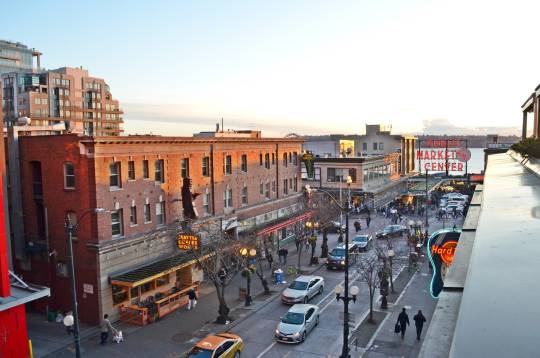
#Hahn Building#pike place market#seattle#old seattle#turn of the century#1890s#Green Tortoise Hostel#SRO#Pike St#Downtown#historic seattle#seattle landmarks#brick buildings#commercial architecture
0 notes

